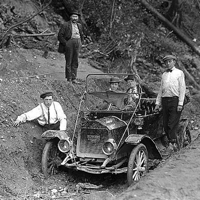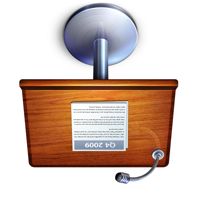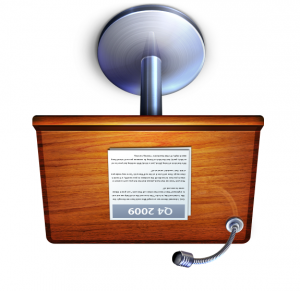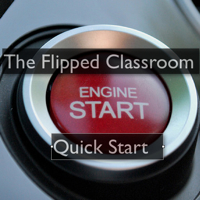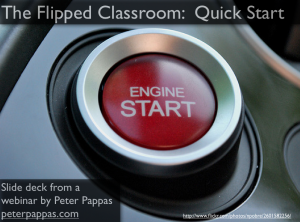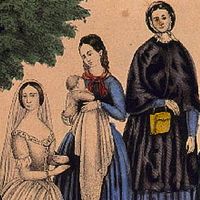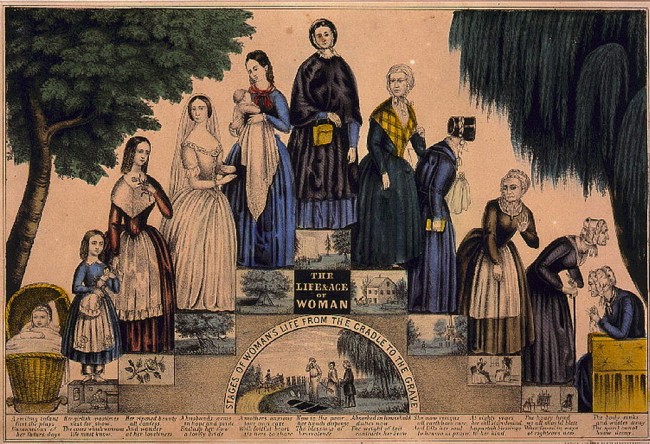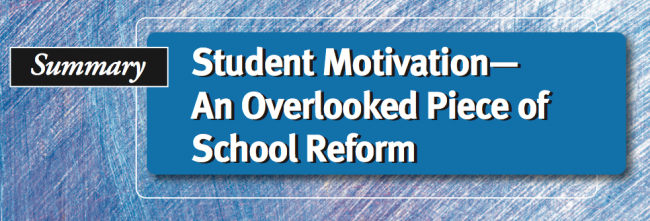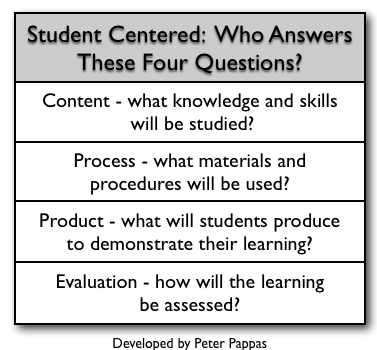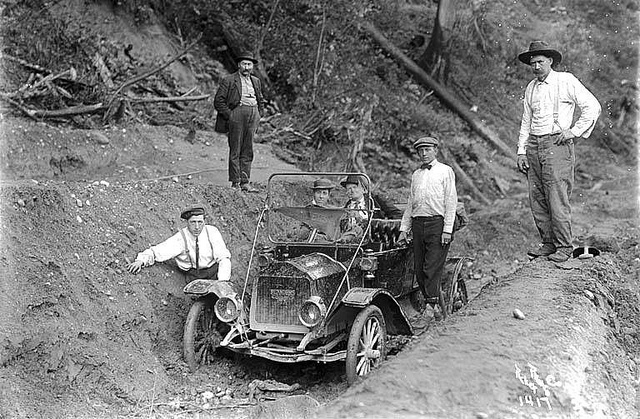
First automobile on the Index-Galena road -1911
Across the county teachers are looking for lessons and resources to implement new Common Core standards. While some see Common Core skills as something new, most of these skills are exemplified in the well established, document-based approach to instruction.
- Close reading of non-fiction
- Interpreting primary source documents
- Comparing multiple texts
- Finding evidence and using it to support arguments
- Recognizing historical context and point of view
- Utilizing higher-level thinking to analyze and form judgements
As a long-time advocate of DBQ’s, I’ve re-posted sample lessons that demonstrate how to build student skills in literacy and critical thinking, while supporting mastery of the Common Core.
Lessons that demonstrate how to think and behave like a historian
Elementary – Interpret Using Summaring Skills
US Westward Expansion on the Frontier
In life, we purposefully craft summaries for a specific audience (directions for the out-of-towner, computer how-to for the technophobe). In school, the tacit audience for most summaries is the teacher. If students are going to learn to summarize they need to be given a chance to genuinely share what they think is important for an audience other than the teacher.
Here’s a three-step summarizing process I followed in a second grade classroom using a popular Currier and Ives print from the mid-19th century. We scaffold the lesson from “right-there” observations, to telling what they think is important, to framing a summary.
Middle School – Recognize Historic Point of View
European Views of the New World
This lesson improves content reading comprehension and critical thinking skills and examines European views of Native American and the New World in the Age of Exploration. While it is a rather one-sided account, the documents also reveal a great deal about the cultural “lenses” that the Europeans “looked though.”
I developed this lesson to assist high school history teachers working with struggling readers. I wanted to show them how they could scaffold learning so that all students could participate in doing the work of historians. I built the lesson around a theme which was central to their curriculum. It was designed as an essential question that would engage students in reflection about how they allowed prejudice to color their perceptions. I selected images which could be “decoded” by students with a minimum of background knowledge.
High School – Analyze and Make Judgements
The Impact of Industrialization
The Industrial Revolution transformed humanity’s age-old struggle with material scarcity by using capital, technology, resources, and management to expand the production of goods and services dramatically. But while new technologies improved the American standard of living, industrialization concentrated great wealth and power in the hands of a few captains of industry. As economic growth increasingly touched every aspect of American society, it created both new opportunities and new social problems.
Three DBQ’s are designed to improve content reading comprehension through the examination of a selection of primary and secondary documents, graphics, cartoons, tables, and graphs. Each is keyed to a historic theme and focused on an essential question of enduring relevance. They are designed to demonstrate how student engagement can be “powered” by an essential question.
Secondary - Interpreting Primary Source Documents and Comparing Multiple Texts
Why We Fight: WWII and the Art of Public Persuasion
Designed as multi-touch student text, it focuses on the American response to WWII – especially the very active role played by government in shaping American behavior and attitudes. “Why We Fight” gives students a chance to step back to the 1940s and experience the perspective of Americans responding to the Pearl Harbor attack and WWII. Americans were hungry for information, and Washington responded with a PR blitz to sell the war to the American public.
The iBook provides access to the digital content, so users can remix the historic documents into their own galleries and projects. Students can use an iPad-friendly historic document guide to analyze all the source material and share their observations with peers and teachers. “Why We Fight” is filled with “stop and think” prompts keyed to Common Core State Standards and includes a student guide to learning from historic documents and links to a teacher’s guide to related activities and free iPad apps.
Image Credit: First automobile on the Index-Galena road, 1911 (Washington State)
University of Washington Libraries
